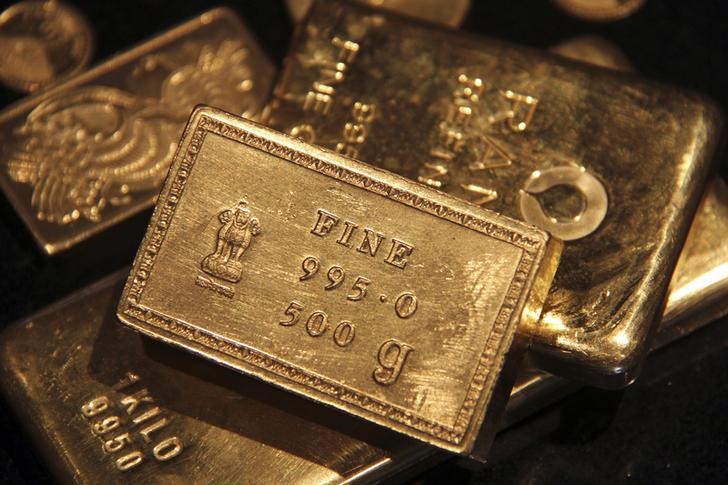Investing.com -- Gold returned to above $2,000 an ounce on Tuesday as talk about a potential U.S. debt default gathered pace amid head-butting between Republican lawmakers and the Biden administration on how much to raise the congressional limit by to pay for America’s obligations.
With almost four weeks left until a potential June 1 default on payments, there seems enough time for the two sides to work out something. Yet, with markets being markets, and gold being a safe haven among other things, the tendency for traders was to capitalize on the news — driving the yellow metal higher while sending prices of most risk assets like oil and stocks skidding.
“Sell in May is here as banking weakness returns, JOLTS [data] provide job cooling evidence, debt ceiling countdown begins, oil [is] crushed, gold surges [and] Bitcoin [is] higher on banking jitters,” wrote Ed Moya, analyst at online trading platform OANDA, in his daily commentary.
Gold for June delivery on New York’s Comex settled up $31.10, or 1.6%, at $2,023.30. It was the largest one-day percentage gain for Comex gold since April 4, when it finished up 1.9%,
The spot price of gold, which reflects physical trades in bullion and is more closely followed than futures by some traders, was up $33.51, or 1.7%, to $2,016.13 by 15:20 ET (19:20 GMT).
If gold retains its current upward trend, the spot price could re-attempt its April highs of around $2,050 and above, said Sunil Kumar Dixit, chief technical strategist at SKCharting.com.
“Now that gold has shown strong rebound from the horizontal support base formed at $1,975 areas and has consolidated above the $1,991-$1998 zone, there could be enough fuel for it to decisively clear through the $2,010 resistance,” said Dixit.
“We have seen gold reclaiming its recent high of $2,015 and going forward and this paves the way for a retesting of the swing high of $2,048 and the next challenge at $2,055.”
Gold is also gaining ground on talk that the Federal Reserve will likely pause on its more than one year of rate hikes after another quarter-point increase on Wednesday that will leave U.S. rates at a peak of 5.25% versus inflation trending at 4.0-5.0%.
“Recession fears are growing and financial stability concerns should give the Fed permission to signal they are ready to pause after delivering one last rate hike,” said Moya of OANDA. “The debate to not even hike might lead some dissents tomorrow, which is something we have not seen [in a while].”
